Porsche 911 – A half century of greatness
Words Stu Owers | Photos Tom Gasnier
Porsche’s 911 notches a half century, not a bad knock for any automobile, let alone a rear-engined sports car. Here we gather the generations to remember the great one.
There are few cars that are as instantly recognisable as a 911. And there is no other with a lineage of styling and engineering that is so closely linked to the original philosophy. The 911 is unique and this year, the car celebrates its 50th anniversary. It’s been an interesting half century and thanks to some Porsche Club of NZ members and Continental Cars Porsche, we have gathered a range of models from the seven generations of the 911 to mark the occasion.
Despite personally being an admirer of the 911, I’ll admit that they can be an acquired taste. Even for myself, it was never a case of love at first sight. I’d associated the early 911s with the hopelessly underpowered VW Beetles. I couldn’t understand the attraction of either car and their numerous quirks including the upright windscreens, cramped interiors, floor hinged pedals and steering wheels in close proximity to the spartan dashboard. They were so dated compared with American or other European cars of the era. Like many prejudices, mine was fostered by pure ignorance. I hadn’t encountered the 911 properly until I was racing in the US in the 80’s.
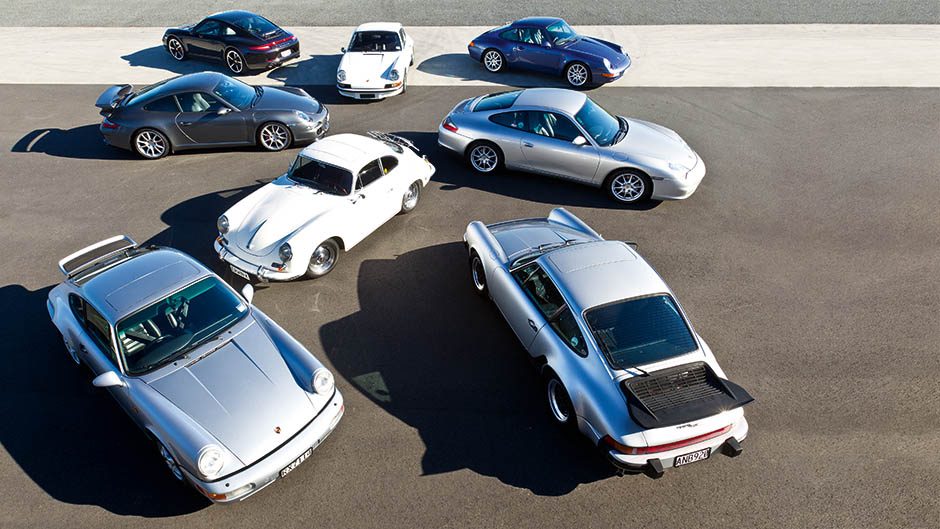
My first drive of a 911 was at the Summit Point track in West Virginia where I was working as a racing instructor. It was a metallic sand coloured, 1982 911 SC. I was astounded by the stability and body rigidity of that Porsche. It felt like it had been machined from a solid billet of inflexible steel. And those phenomenal brakes! The SC abruptly brought in a new frame of reference for me. I was hooked and converted to the 911 religion within four fast laps. I felt like Toad from The Wind in the Willows, having just been thrown off his horse-drawn wagon by a car rushing past. Like Toad, I just sat and stared open-mouthed at the new reality that had just hit me like a brick.
The first 911 was shown at the Frankfurt Motor Show in 1963. It looked vastly more modern and sophisticated than the Beetle-based 356, which dated back to the 40s. The 911 would eventually go on sale in September 1964 with its own unique mechanicals including new torsion bar suspension and a 2.0-litre flat six engine that brought Porsche into an entirely new era.It was almost double the price of the 356, and set it in a premium segment of the market.
It was during the 1970s that the 911 came to the attention of the world on the back of its racing pedigree. The Carrera RSRs won at the Nurburgring and the Targa Florio, while wins at Sebring and Daytona raised its profile in the US. Since then, racing has always been a significant factor in marketing the 911.
The 991 model is a clever integration of the history and essence of the now 50-year-old 911 formula. Porsche has managed to retain that sports car rawness of the original within a very modern package, one which has a much broader appeal.
If owners of new 911s had the chance to drive the early, air-cooled cars, they would feel claustrophobic in the tiny cabin, where driver and passenger almost brush shoulders with each other. They would find the gear shift has none of the precision they’ve come to expect, in fact, finding the right gear in an old 911 with its rod operated linkages can be a bit of a lucky dip. The rack and pinion steering remained unassisted until the 964 model of 1988. Thanks to a lack of weight over the front-end, it was never overly heavy at low speeds however. There’s far greater wind noise generated by the older cars and more road roar and shock is transmitted into the cabin.
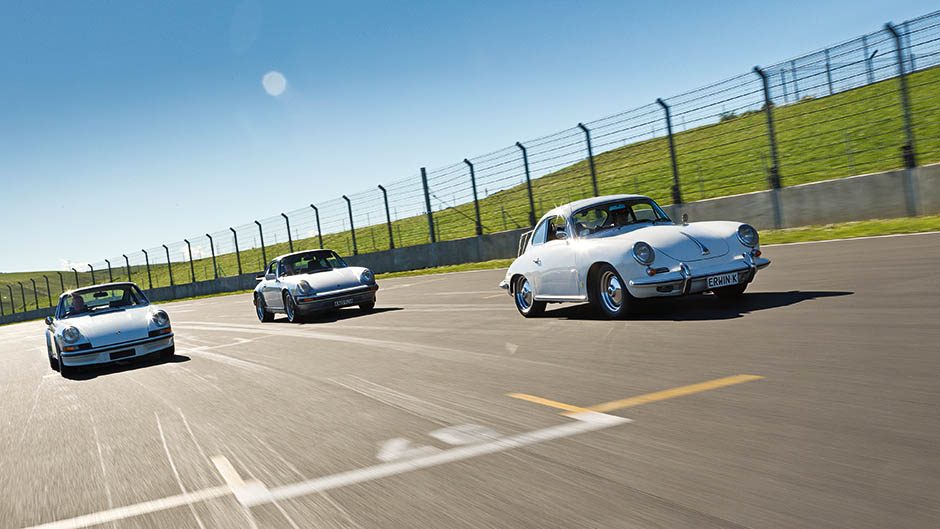
The engines each have that unique, distinctive flat-six sound. The modern water-cooled cars love to rev. Our 991 Carrera 4 S produces its peak power at 7,400rpm, compared to a more modest 6,200 rpm for the original car. Timing your gear changes via the sound of the engine is always tricky in the early air cooled cars because they sound so unstressed at their maximum. The engine note doesn’t seem to vary dramatically across their rev range while the water cooled engines have a distinctive induction howl as they reach their peak.
Despite middle age bringing extra weight to the new cars, the larger and more efficient engines have resulted in a big leap in performance. Our Carrera 4 S can sprint over the quarter mile in 11.8 seconds, compared with 16.2 seconds for the original 2.0-litre car.
The 911 SC that was a benchmark for chassis rigidity in the 1980s, isn’t quite as remarkable by today’s standards of course. But having said that, early 911s still make for an engaging drive. Their big steering wheels jiggle in your hands as the front tyres skitter around over bumps and the gear change needs careful and deliberate attention. All this takes plenty of concentration but the reward is a mechanical connectedness and a clarity that is so personally rewarding. These are cars that take considerable skill and experience to get the best from. If you make an error at speed there are no electronic safety nets to catch you.
Like all steps forward in life, often things are forsaken when we move ahead. Big advances have been made with the 911, but at the same time, certain quirky things have been lost or dulled. One thing though is certain. In 2013, the future of the 911 is looking stronger than ever. I’m sure that whatever form automobiles will take in the next 50 years, Porsche will be there with a new 911 which will connect with the 1963 original yet still thrill a new generation of owners.
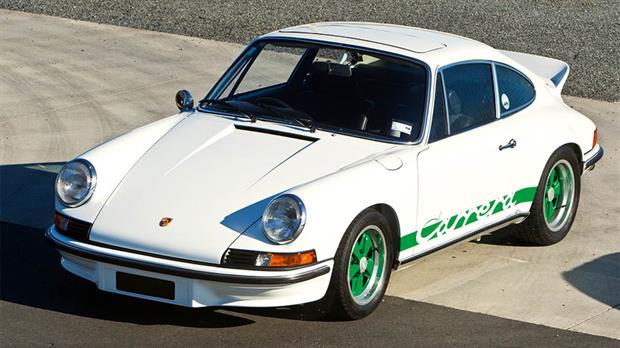
Seven Generations of 911.
The first 911 made just 130bhp from its 2.0-litre flat six. The 160bhp S was introduced in 1966, and in 1969, the engine size was increased to 2.2-litres, and then to 2.4 in 1971. The final variation equipped with a 2.7-litre engine was the 1000kg lightweight Carrera RS of 1972, now one of the most sought after 911s.
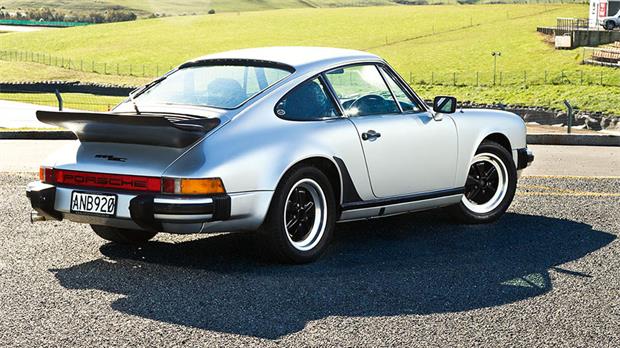
2nd Generation (G Series)
Produced from 1973 to 1989, this was the longest production run of any 911. These cars are noted for their ‘bellow-style’ bumpers, designed to meet US crash regulations. Engine sizes increased over the generation from 3.0-litres to 3.2 in naturally aspirated form, and Porsche also introduced the first of the Turbo models with its wild whale tail spoiler.
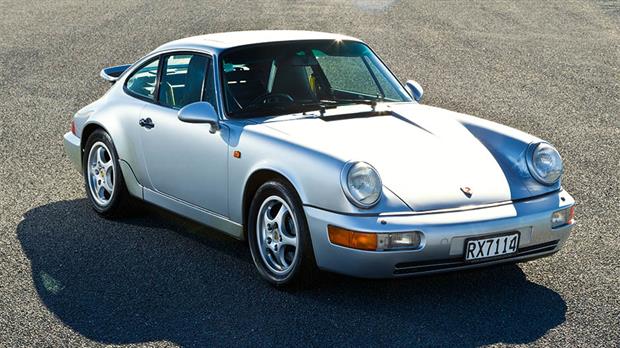
3rd Generation (964)
A big step forward from the aging G series, the 964 shared little in common with its predecessor. It was 80 per cent new and introduced ABS, air bags and power steering. Coil springs even replaced the torsion bars that had been used for 25 years. Porsche also debuted the AWD Carrera 4 and the RS made a comeback too.
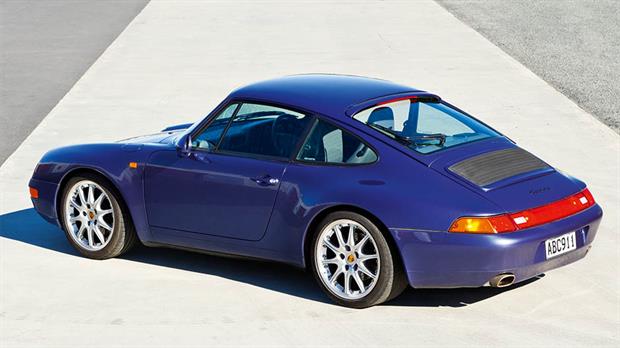
4th Generation (993)
We didn’t know it when it was released but, the 993 was to be the last 911 with an air-cooled engine. The styling was notable for its departure from the traditional round headlights to the more integrated oval lights. There was a new aluminium chassis and the AWD Turbo model gained a twin turbo set up.
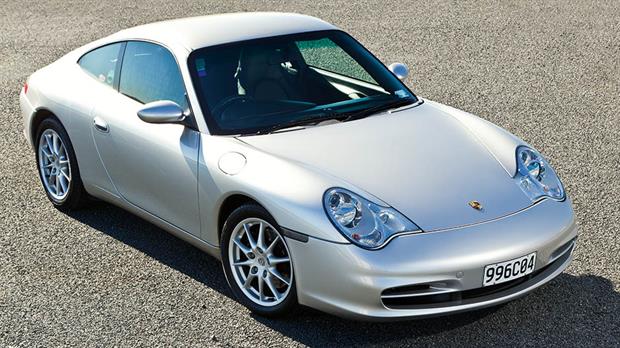
5th Generation (996)
The biggest generational change came in 1997. Every component was new while an all new water-cooled flat six lived in the back. With a wider track and longer wheelbase, the 996 had better balance and more predictable handling, along with a larger interior. Porsche would roll out an unprecedented succession of model variations from road racers to AWD convertibles.
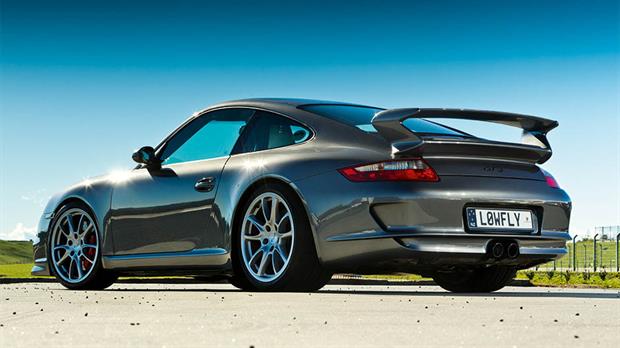
6th Generation (997)
The 997 was notable for banishing the controversial headlights of the 996, with new units reminiscent of the 993. There were new engineering innovations like ESP, electronic suspension, plus double-clutch gearboxes and direct injection.
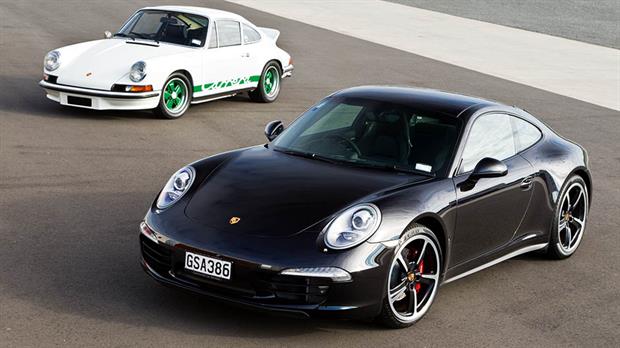
7th Generation (991)
Although it looks similar to the 997, most of the car is completely new. The engines are further refined and electronics now play an even bigger role in all aspects of the car’s performance. The dimensions have been stretched further and this has resulted in the best handling 911 ever. One controversial component is electric power steering which has attracted some criticism. Personally, I think it’s excellent. The 991 will undoubtedly have the broadest appeal of any of the 911s. The car is so easy and docile in traffic, yet, after a push of a button, it becomes completely at home on a race track.




